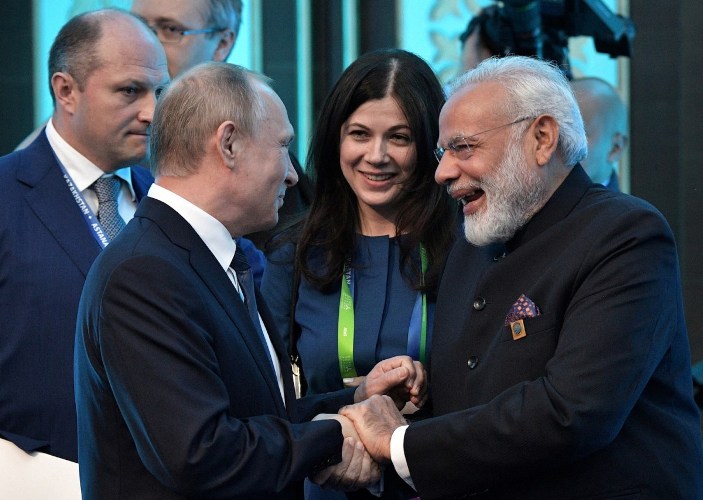
Russian President Vladimir Putin and Indian Prime Minister Narendra Modi meet at the SCO summit in Astana, Kazakhstan, on June 9, 2017. Sputnik
India and Russia share deep-rooted ties dating back to the Soviet era. Cooperation in trade, defense and space, and significant investments in each other’s economies, continued even after the fall of the Soviet Union. Both countries refer to their relationship as time-tested ties. It is this relationship that has come under considerable strain in recent years.
Bilateral trade between India and Russia stood at US$11.6 billion in 2019 with imports from Russia standing at $7.4 billion and exports to Russia at $3.92 billion. Minerals accounted for 44.96% of Russian goods exports to India, and the rest consisted mostly of defense equipment and precious and semi-precious stones in 2019-2020.
Trade between India and Russia is a very small percentage of the total trade that each country conducts. In stark contrast, Russia’s trade with China amounted to $110 billion in 2019.
That year, India and Russia announced a target of trade reaching $25 billion by 2025. But their trading history shows that Russia’s export profile has not diversified over the past decade.
Defense cooperation is one of the key pillars of the India-Russia relationship. In recent years, there has been an overall decline in Indian arms imports, which has hit Russia the hardest. Despite this, Russia accounted for about 58% of Indian arms imports between 2014 and 2018.
Historically, Russia has been India’s largest defense partner, and this continues to be the case. About 86% of equipment, platforms, and weapons of the Indian Armed Forces currently in military service are of Russian origin.
Around 90% of the army’s equipment is from Russia. The corresponding figure is 41% for the navy and more than 66% for the air force. India also decided to buy the S-400 missile system from Russia despite opposition from the United States.
Besides imports, India and Russia are involved in joint military R&D and manufacturing. They are already jointly manufacturing the BrahMos missiles and there is licensed production of Sukhoi 30MKI fighter jets in India.
There are deals to manufacture Kamov 226T helicopters, AK-203 rifles, and Krivak III frigates in India either through licensing or joint manufacturing. They are also involved in the research and development of a fifth-generation fighter jet.
In view of the growing threat from China, India has moved increasingly close to the United States. This has led to some friction with Russia. For instance, Moscow has been critical of the revival of the Quadrilateral Security Dialogue.
While India and Russia might agree on the world order moving toward multipolarity, they differ on issues such as the future of the Indo-Pacific region. Russia’s aim is to shift the world away from the US-dominated global system.
Amid continuing tensions with the West, we have seen an increasingly close partnership develop between China and Russia that is not to India’s liking. But Russia considers itself a major power and is unlikely to play second fiddle to China despite pursuing a close relationship with it. This is why Russia will value its partnership with India and other such partners to try to maintain balance.
India continues to be heavily dependent on Russia for its military equipment, and the ongoing R&D projects indicate this will continue to be the case for the foreseeable future. Russia is also key for India’s Central Asia and Afghanistan policies. Therefore, India needs to continue to engage with Russia and be on good terms with it.
There might be significant pressure from the US on India over doing business with Russia given its threats of sanctions for buying the S-400 system, which India needs to find a way to balance.
India must also realize that going forward, divergence on strategic issues with Russia is likely to increase and it needs to have a more realistic expectation of Russia’s international policies.
For India’s relationship with Russia to improve it must diversify its trade and investment, building on the two key sectors of oil and gas, as it cannot flourish on those two alone, and also expand their fields of cooperation and research further in science and technology sectors.
With India’s relationship with China and that of the West with Russia unlikely to improve in the near future, it will be how India and Russia choose to navigate their relationship that will determine whether the close ties that they currently enjoy can be sustained.
* Sumanth Samsani is a research intern at the Takshashila Institution, a think-tank and public policy school based in Bangalore






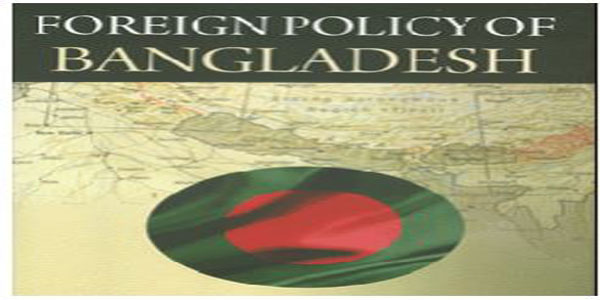
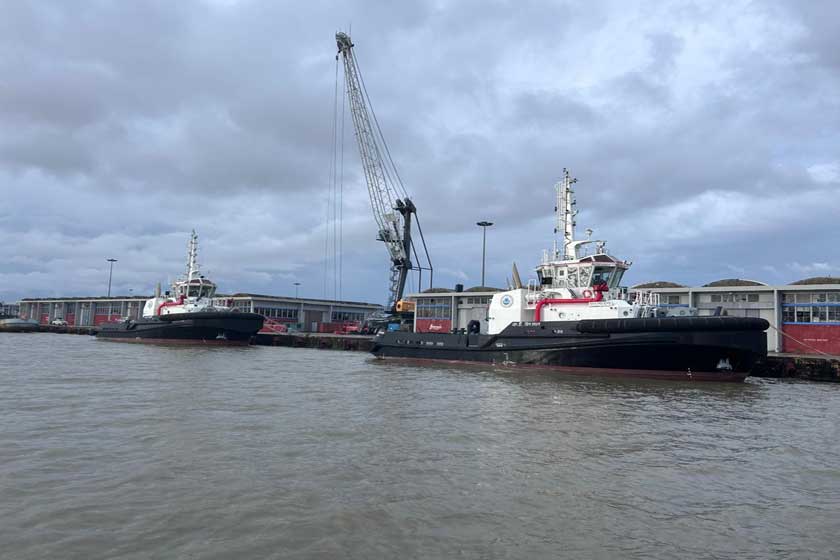
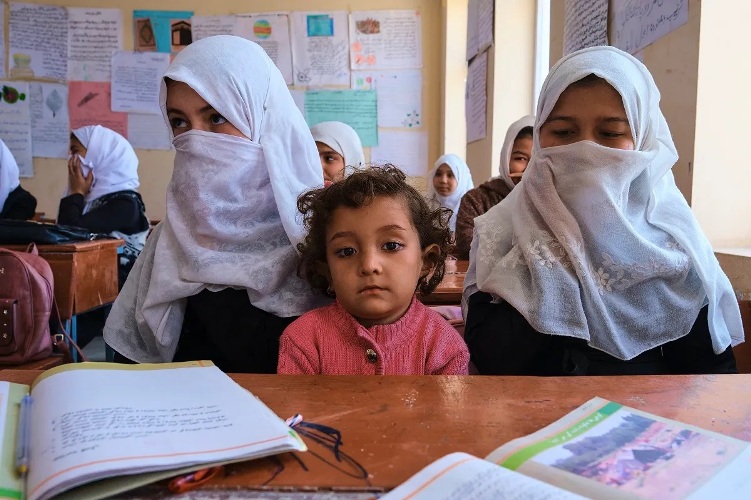
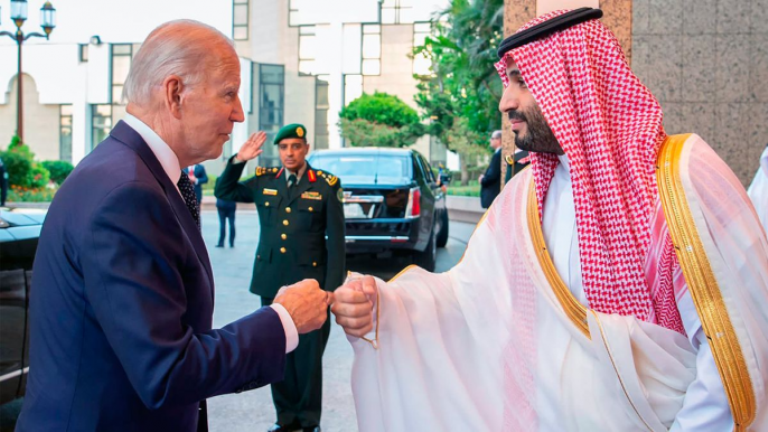

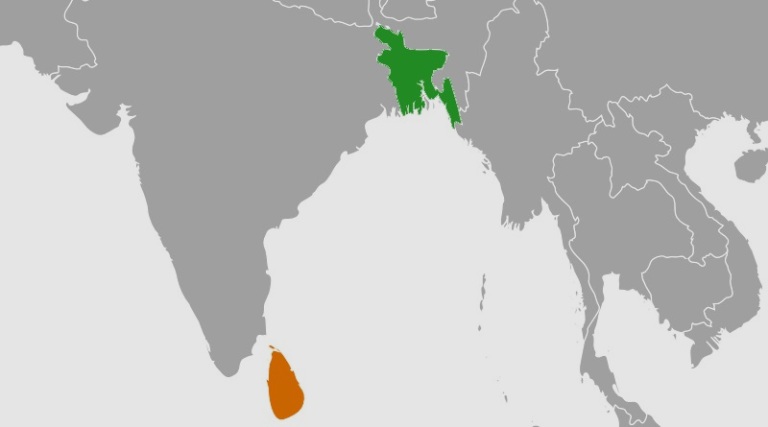
0 Comments